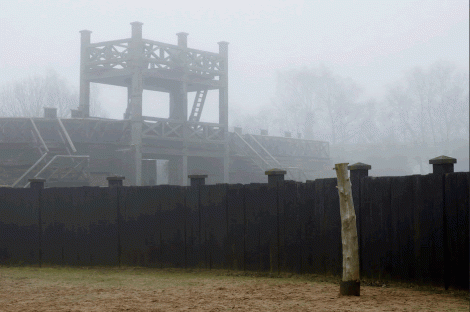 We are preparing for a very 21st Century event to be held at the Lunt Roman Fort in Coventry, aimed at helping to breathe new life into the historic Fort – and applications are now open for people to get involved in a unique weekend of creativity, invention and fun.
We are preparing for a very 21st Century event to be held at the Lunt Roman Fort in Coventry, aimed at helping to breathe new life into the historic Fort – and applications are now open for people to get involved in a unique weekend of creativity, invention and fun.
Ludi Lunt (roughly translated from Latin: ‘public games at the Lunt’) will run from 6pm on Fri 5th September 2014 to 4pm on Sunday 7th September, and is a hackathon-style event. The event aims to bring together creative people from around the UK to devise ways to improve the visitor experience, reveal more of the site’s fascinating past and breathe new life into this cultural gem, helping to re-establish the Lunt as a major Roman visitor attraction.
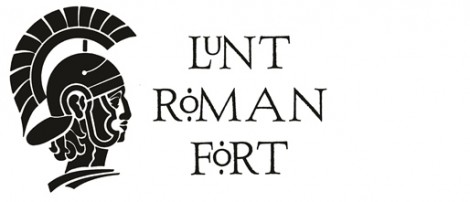 Ludi Lunt is being organised by staff from the Lunt and its management team, who are working with a diverse group of local historians and hackathon experts to put this very special event together. They are now looking to recruit people with a range of skills to take part in the event, including historians, artists and illustrators, technologists, engineers, hackers, gamers, app-makers and coders, writers, performers, designers, social media whizzes, educational professionals and craftspeople, students – as well as anyone who feels that they have ideas to contribute to a weekend of innovation and creativity.
Ludi Lunt is being organised by staff from the Lunt and its management team, who are working with a diverse group of local historians and hackathon experts to put this very special event together. They are now looking to recruit people with a range of skills to take part in the event, including historians, artists and illustrators, technologists, engineers, hackers, gamers, app-makers and coders, writers, performers, designers, social media whizzes, educational professionals and craftspeople, students – as well as anyone who feels that they have ideas to contribute to a weekend of innovation and creativity.
 In return for your efforts, you will have the unique opportunity to spend a weekend with other creative people at this amazing location, including camping, eating and working in the grounds of the Lunt. There will also be prizes for the best ideas generated over the course of the weekend, as well as the opportunity to be involved in the implementation of selected projects.
In return for your efforts, you will have the unique opportunity to spend a weekend with other creative people at this amazing location, including camping, eating and working in the grounds of the Lunt. There will also be prizes for the best ideas generated over the course of the weekend, as well as the opportunity to be involved in the implementation of selected projects.
There is no charge for you to be involved in the Ludi Lunt hackathon and applications are open now. Subscribe here!
For more information visit http://www.ludilunt.co.uk/



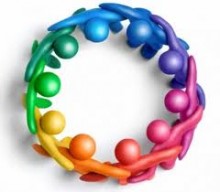
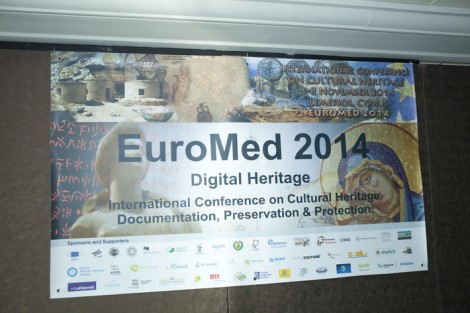 A panel workshop to disseminate the latest achievements and to foster collaboration in the digital cultural heritage sector was organized by Promoter Srl on Novermber 3rd, 2014 in the framework of the important congress
A panel workshop to disseminate the latest achievements and to foster collaboration in the digital cultural heritage sector was organized by Promoter Srl on Novermber 3rd, 2014 in the framework of the important congress 













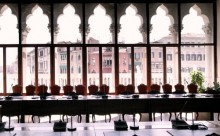
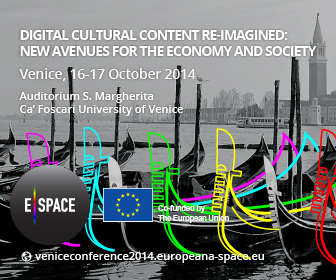 A rich program of speakers and creative sessions to build bridges between Cultural Institutions and Creative Industry.
A rich program of speakers and creative sessions to build bridges between Cultural Institutions and Creative Industry.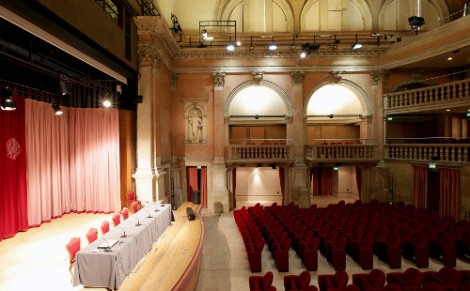
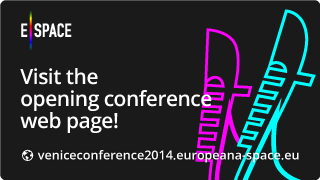
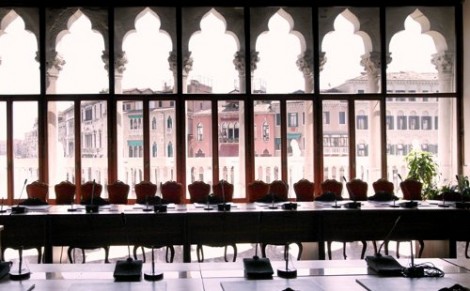
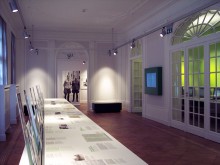






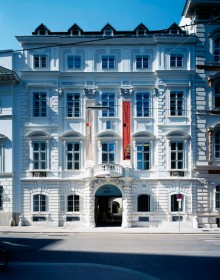
 After the success of last year’s workshop, we are delighted to announce the return of this training event organised by APARSEN and presented in collaboration with TIMBUS.
After the success of last year’s workshop, we are delighted to announce the return of this training event organised by APARSEN and presented in collaboration with TIMBUS.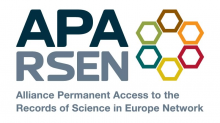 The course is the second iteration of what will become a yearly event to be presented from 2015 by the Virtual Centre of Excellence developed out of APARSEN. It will bring together those at the forefront of digital preservation research and training, and it is intended for managers and staff already working in digital preservation. It assumes a working knowledge of existing standards like the Open Archival Information System (OAIS) as well as an understanding of how issues of preservation apply to their own institution.
The course is the second iteration of what will become a yearly event to be presented from 2015 by the Virtual Centre of Excellence developed out of APARSEN. It will bring together those at the forefront of digital preservation research and training, and it is intended for managers and staff already working in digital preservation. It assumes a working knowledge of existing standards like the Open Archival Information System (OAIS) as well as an understanding of how issues of preservation apply to their own institution.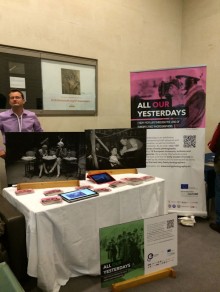
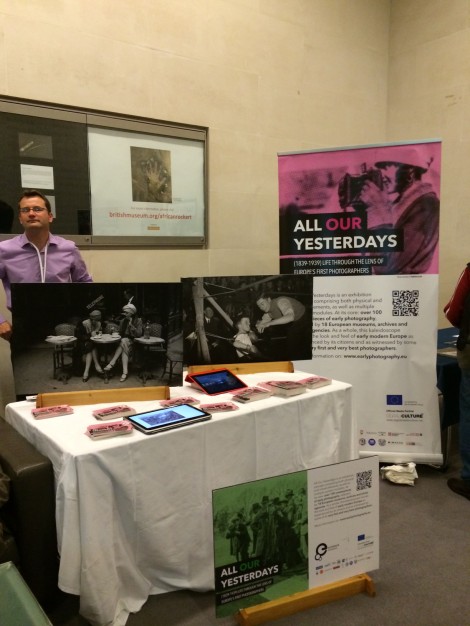
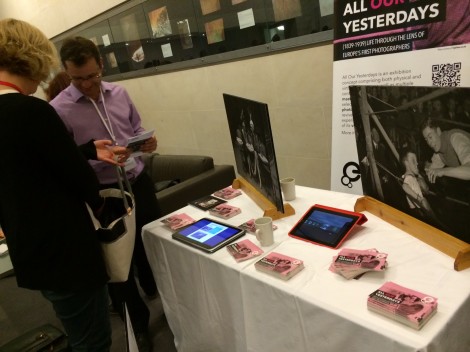


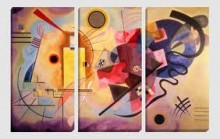
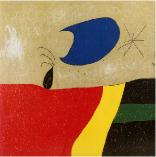
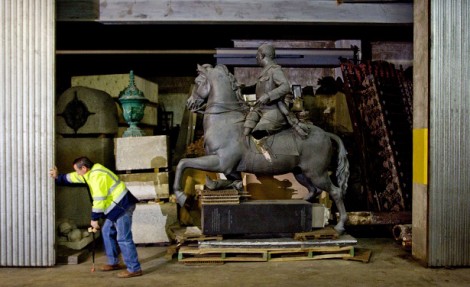
 Collective Amnesia is a collaborative project between the Fundació Joan Miró and Tricentenari BCN. It is part of Preventive Archaeology, an exhibition program at Espai 13, the Fundació’s project room for emerging artists.
Collective Amnesia is a collaborative project between the Fundació Joan Miró and Tricentenari BCN. It is part of Preventive Archaeology, an exhibition program at Espai 13, the Fundació’s project room for emerging artists. RICHES on Twitter: #richesEU
RICHES on Twitter: #richesEU

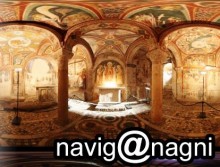
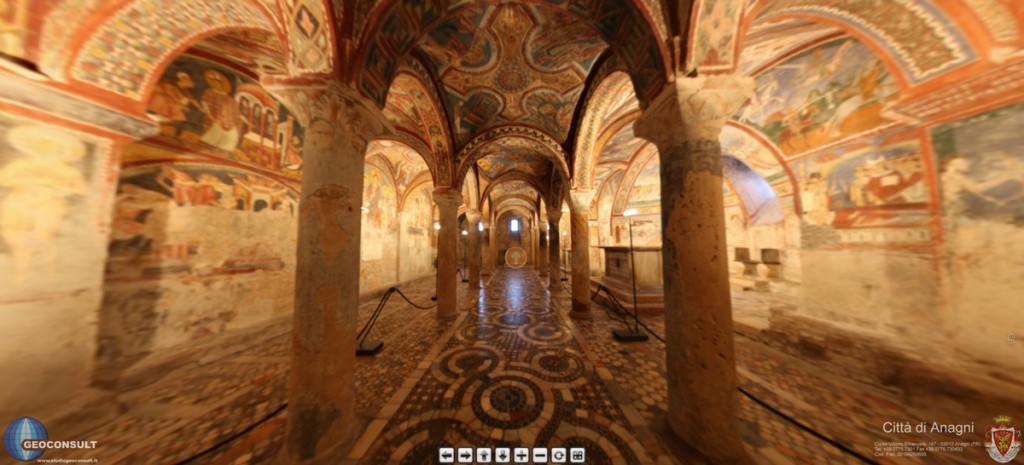
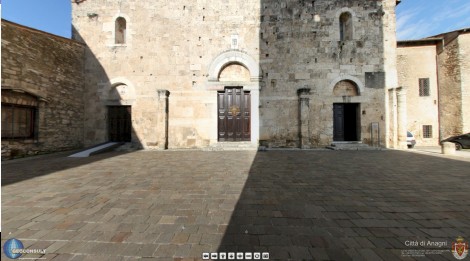
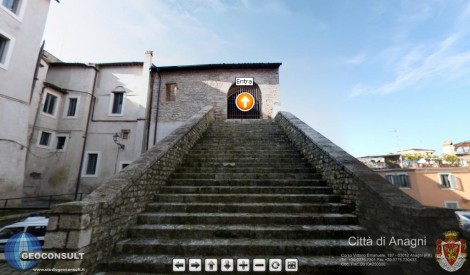
 If you have interesting news and events to point out in the field of digital cultural heritage, we are waiting for your contribution.
If you have interesting news and events to point out in the field of digital cultural heritage, we are waiting for your contribution.







































